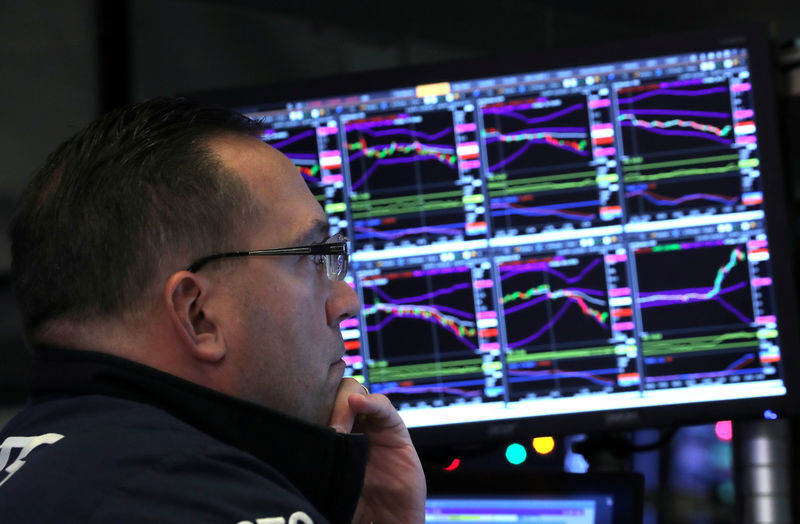Markets start the way they ended By Reuters

LONDON (Reuters) – The new year starts in the red.
After the worst year for world stock markets in a decade, 2019 has kicked off with the same trepidation surrounding economic slowdown, trade tension and rising interest rates that infected markets for most of the second half of last year.
The first impetus of the new year comes from the December business surveys around the world and news that China’s manufacturing sector contracted for the first time in 19 months set the tone first thing.
Sub-forecast growth in Singapore’s gross domestic product reinforced the picture regionally.
Shanghai stocks fell more than 1 percent, with Hong Kong’s down almost 3 percent. Seoul’s Kospi dropped 1.5 percent.
Tokyo’s outperformed despite losing 0.3 percent and further strengthening of the safe-haven yen.
With U.S. interest rate futures now priced for no more Federal Reserve interest rate rises in the current cycle – even after the Fed indicated at least two more at its meeting two weeks ago – and also moving toward a rate cut by the middle of 2020, the dollar has been on the back foot during the year-end roller coaster on stock markets.
Dollar/yen slipped to within a whisker of 109 overnight – its lowest level in a year.
The DXY was also lower, and euro/dollar rose to stalk $1.15 for the first time since early November.
With the latest reports from Washington showing no end in sight for the ongoing Federal government shutdown caused by a standoff between the White House and Congress over border security, U.S. stock futures were also down more than 1 percent to kick off 2019.
U.S. 10-year Treasury yields steadied around their lowest levels in 11 months, hovering around 2.68 percent first thing Wednesday.
With newspaper reports indicating that Washington trade hawks continue to hold the upper hand in trade talks with China, despite President Donald Trump’s desire for a deal to calm restive financial markets, economic growth signals remain dour.
The 2-10-year U.S. yield curve resumed its flattening and dropped to 17 basis points overnight.
prices slipped on the first trade day of the year as well, hovering just above $53 per barrel.
European stock futures were down about 0.8 percent, in keeping with the gloomy global mood.
Italy’s 10-year borrowing costs hit a new 3 1/2-month low on Wednesday, as markets reopened for the first time after Italian lawmakers passed the government’s 2019 budget late in 2018.
German yields remain near six-month lows with PMI readings expected to confirm a subdued growth outlook in the bloc.
Sterling was up a touch against the dollar and euro, with few new developments in the Brexit impasse in Westminster over the yearend holidays.
Fusion Media or anyone involved with Fusion Media will not accept any liability for loss or damage as a result of reliance on the information including data, quotes, charts and buy/sell signals contained within this website. Please be fully informed regarding the risks and costs associated with trading the financial markets, it is one of the riskiest investment forms possible.


